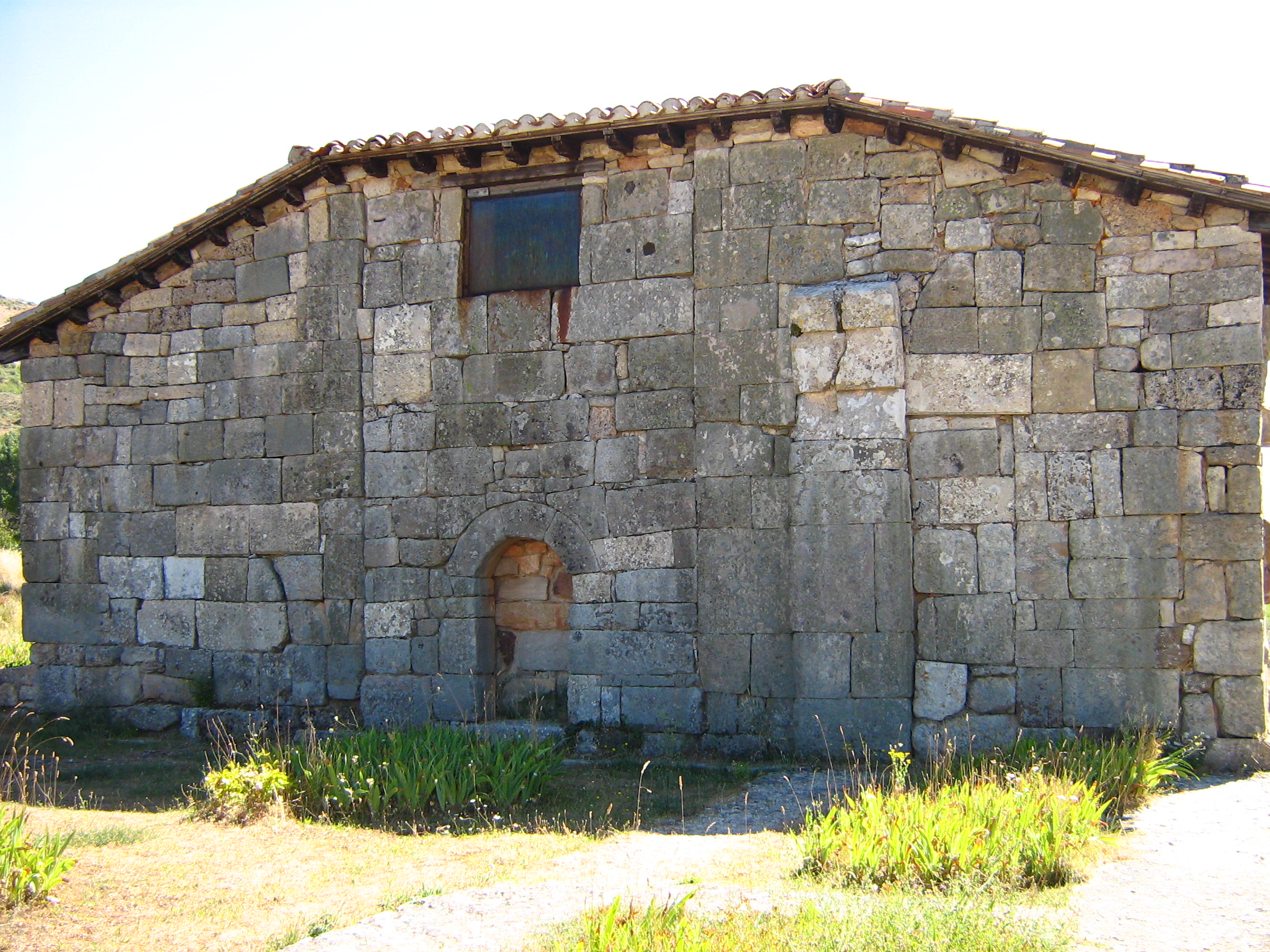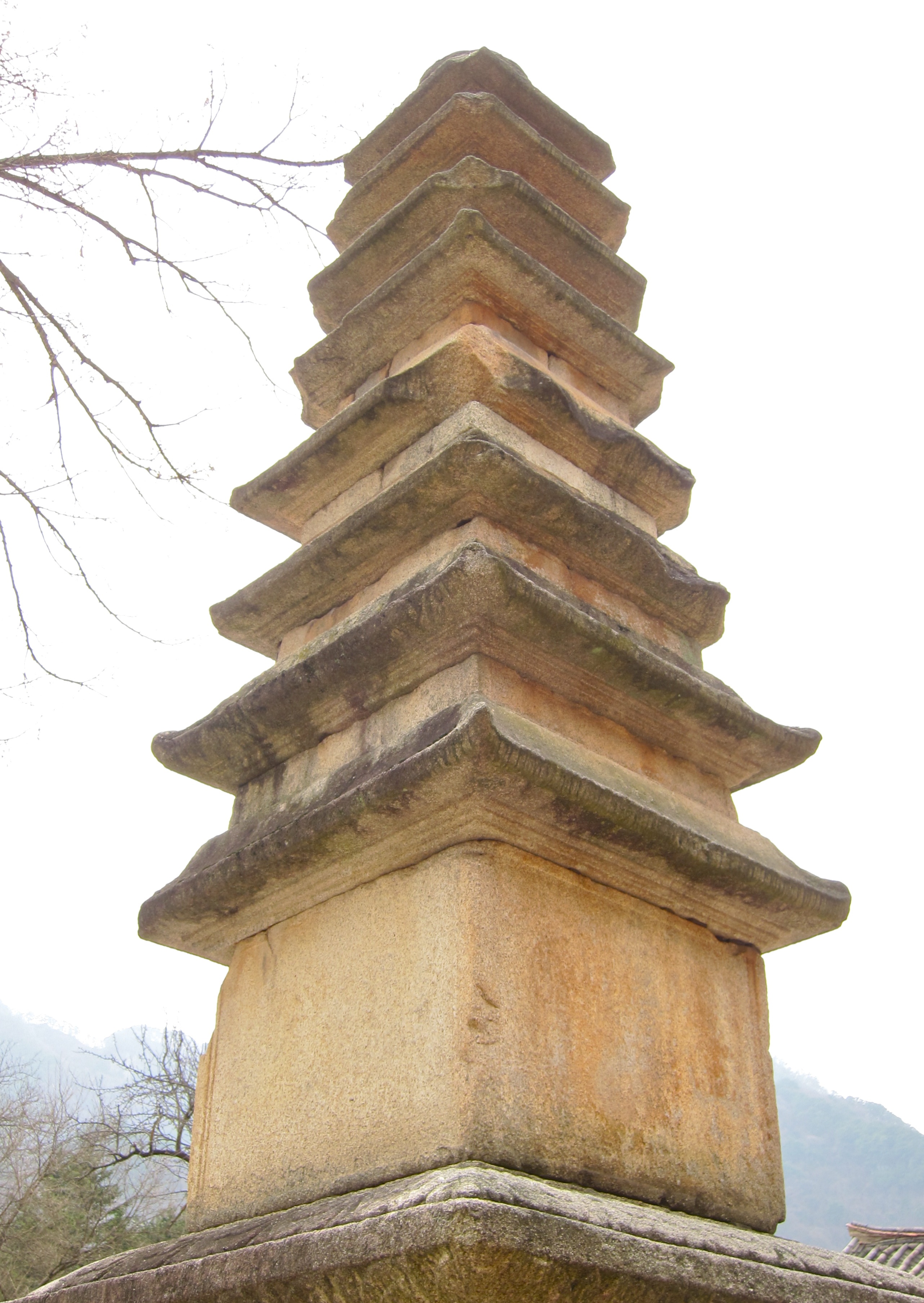|
Podok Hermitage
The Podok Hermitage is a mountain hermitage in Naegang-ri, Kumgang-gun, North Korea. First built during the Koguryo period, it was rebuilt in 1675. The one room building is supported by a single copper pole. The structure is in the middle of a 20-metre-high cliff, leaning against the rock in front of the Podok Grotto. Since the hermitage's construction in 627, solitary Buddhist monks lived in the structure, looking down at the valley through a hole in the floor. Paintings This hermitage was depicted by many Korean painters. Among them: *Kim Hongdo, in 《금강사군첩(金剛四郡帖)》 *Kim Ha-jong, as #14 of the 《Haesando Album 해산도첩(海山圖帖)》, 1815 See also * National Treasures of North Korea A National Treasure (국보; 國寶 : ) is a tangible artifact, site, or building deemed by the Government of North Korea to have significant historical or artistic value to the country. History The first list of Korean cultural treasures was des ... R ... [...More Info...] [...Related Items...] OR: [Wikipedia] [Google] [Baidu] |
Hermitage (religious Retreat)
A hermitage most authentically refers to a place where a hermit lives in seclusion from the world, or a building or settlement where a person or a group of people lived religiously, in seclusion. Particularly as a name or part of the name of properties its meaning is often imprecise, harking to a distant period of local history, components of the building material, or recalling any former sanctuary or holy place. Secondary churches or establishments run from a monastery were often called "hermitages". In the 18th century, some owners of English country houses adorned their gardens with a "hermitage", sometimes a Gothic ruin, but sometimes, as at Painshill Park, a romantic hut which a "hermit" was recruited to occupy. The so-called Ermita de San Pelayo y San Isidoro is the ruins of a Romanesque church of Ávila, Spain that ended up several hundred miles away, to feature in the Buen Retiro Park in Madrid. Western Christian tradition A hermitage is any type of domestic dwelli ... [...More Info...] [...Related Items...] OR: [Wikipedia] [Google] [Baidu] |
Kumgang-gun
Kŭmgang County is a ''kun'', or county, in Kangwŏn province, North Korea. Kŭmgang lies immediately north of the Korean Demilitarized Zone. It was formed in 1952 from a portion of Hoeyang County and from those sections of Yanggu, and Rinje counties that remained under Northern control after the armistice. The county takes its name from the Mount Kŭmgang, which is partially located there. The county seat, Kŭmgang-ŭp, was formerly called Malhwi-ri. Geography The Taebaek Mountains pass through the county, reaching their highest point in the Pirobong peak of Kumgangsan. Approximately 85% of the county's area is forestland. Major local streams include the Kŭmgangch'ŏn and Tonggŭmgangch'ŏn. Administrative divisions Kŭmgang county is divided into 1 ''ŭp'' (town) and 26 '' ri'' (villages): Economy The chief local industry is agriculture, with rice and maize the dominant crops. However, arable land takes up only 8.5% of the county's area. Manufacturing and livest ... [...More Info...] [...Related Items...] OR: [Wikipedia] [Google] [Baidu] |
North Korea
North Korea, officially the Democratic People's Republic of Korea (DPRK), is a country in East Asia. It constitutes the northern half of the Korea, Korean Peninsula and shares borders with China and Russia to the north, at the Yalu River, Yalu (Amnok) and Tumen River, Tumen rivers, and South Korea to the south at the Korean Demilitarized Zone. North Korea's border with South Korea is a disputed border as both countries claim the entirety of the Korean Peninsula. The country's western border is formed by the Yellow Sea, while its eastern border is defined by the Sea of Japan. North Korea, like South Korea, its southern counterpart, claims to be the legitimate government of the entire peninsula and List of islands of North Korea, adjacent islands. Pyongyang is the capital and largest city. In 1910, Korean Empire, Korea was Korea under Japanese rule, annexed by the Empire of Japan. In 1945, after the Surrender of Japan, Japanese surrender at the End of World War II in Asia, end ... [...More Info...] [...Related Items...] OR: [Wikipedia] [Google] [Baidu] |
Naenara
Naenara () is the official web portal of the North Korean government. It was the first website in North Korea, and was created in 1996. The portal's categories include politics, tourism, music, foreign trade, arts, press, information technology, history, and "Korea is One". The website carries publications such as ''The Pyongyang Times'', ' magazine, '' Korea Today'' magazine and ''Foreign Trade'' magazine along with Korean Central News Agency news. South Korean users' access to the site has been blocked by South Korean authorities since 2011 and the website remained blocked. See also *Censorship in North Korea *Chollima (website) *Internet in North Korea *List of North Korean websites banned in South Korea *Red Star OS *Uriminzokkiri ''Uriminzokkiri'' () is a North Korean state-controlled news website, much of whose content is syndicated from other news groups within the country, such as KCNA. Aside from on their own website, Uriminzokkiri also distributes information ... [...More Info...] [...Related Items...] OR: [Wikipedia] [Google] [Baidu] |
Kim Hongdo
Gim Hongdo (김홍도, born 1745, died 1806?-1814?), also known as Kim Hong-do, most often styled Danwon (단원), was a full-time painter of the Joseon period of Korea. He was together a pillar of the establishment and a key figure of the new trends of his time, the 'true view painting'. Gim Hong-do was an exceptional artist in every field of traditional painting, even if he is mostly remembered nowadays for his depictions of the everyday life of ordinary people, in a manner analogous to the Dutch Masters. Biography Danwon was a member of the Gimhae Gim clan. He grew up in present-day Ansan, South Korea. At the age of 7, Gim Hong-do studied under the renowned master Pyoam Kang Se-hwang, who was then living in seclusion in Ansan. In 1766, at the age of 21, on the recommendation of Kang Sehwang, he entered the royal service as a member (hwawon) of the Dohwaseo, the official painters of the Joseon court. In 1771, he painted the portrait of the Royal Heir (the future King Jeong ... [...More Info...] [...Related Items...] OR: [Wikipedia] [Google] [Baidu] |
Kim Ha-jong
Kim Ha-jong(김하종, 金夏鐘), 1793–after 1875, was a Joseon court painter. His ho was Yudang, 유당, 蕤堂. He is known for the ''Album of Sea and Mountains'' (Haesan-docheop, 해산도첩,海山圖帖), which contains 25 paintings, each of them is 29.7×43.3cm. This work was painted in 1815, at the request of Yi Gwangmun (1778–1838), who wrote the colophon of the Album. Contents of the Haesando Album Remark: the hanja given here are an exact reproduction of the title written on each painting Paintings 1-2-3-4-25 are about Mount Seorak while paintings 5--24 are about Mount Geumgang #01- Naksan Temple, 낙산사, 洛山寺 (38.1246,128.6283, near Sokcho) #02-Gyejo Grotto, 계조굴, 繼祖窟 #03-Seorakssang Falls, 설악쌍폭, 雪嶽雙瀑 #04-Seorak Gyeongcheon Wall, 설악경천벽, 雪嶽擎天壁 #: --- #05- Jangan Temple seen from Cheonildae Rocks, 장안사, 長安寺 #06-Myeonggyeong Rocks, 명경대, 明鏡臺 #07-Dabo Peak, 다보탑, 多寶塔 #08-Yeongwon ... [...More Info...] [...Related Items...] OR: [Wikipedia] [Google] [Baidu] |
National Treasures Of North Korea
A National Treasure (국보; 國寶 : ) is a tangible artifact, site, or building deemed by the Government of North Korea to have significant historical or artistic value to the country. History The first list of Korean cultural treasures was designated by Governor-General of Korea in 1938 during the Japanese occupation with "The Act of Treasures of the Joseon dynasty". Nos. 1-50 Nos. 51-100 Nos. 101-150 Nos. 151-193 See also * Cultural assets of North Korea * Natural monuments of North Korea * National Treasure (South Korea) * Complex of Koguryo Tombs * History of Korea * Culture of Korea The traditional culture of Korea is the shared cultural and historical heritage of Korea and southern Manchuria before the division of Korea in 1945. Manchuria refers to the ancient geographical and historical region in Northeast Asia, includ ... * List of World Heritage Sites in Asia#North Korea (1) Footnotes {{reflist References * http://www.kcpia.or.kr/kcpia_mail/mail_tem ... [...More Info...] [...Related Items...] OR: [Wikipedia] [Google] [Baidu] |


